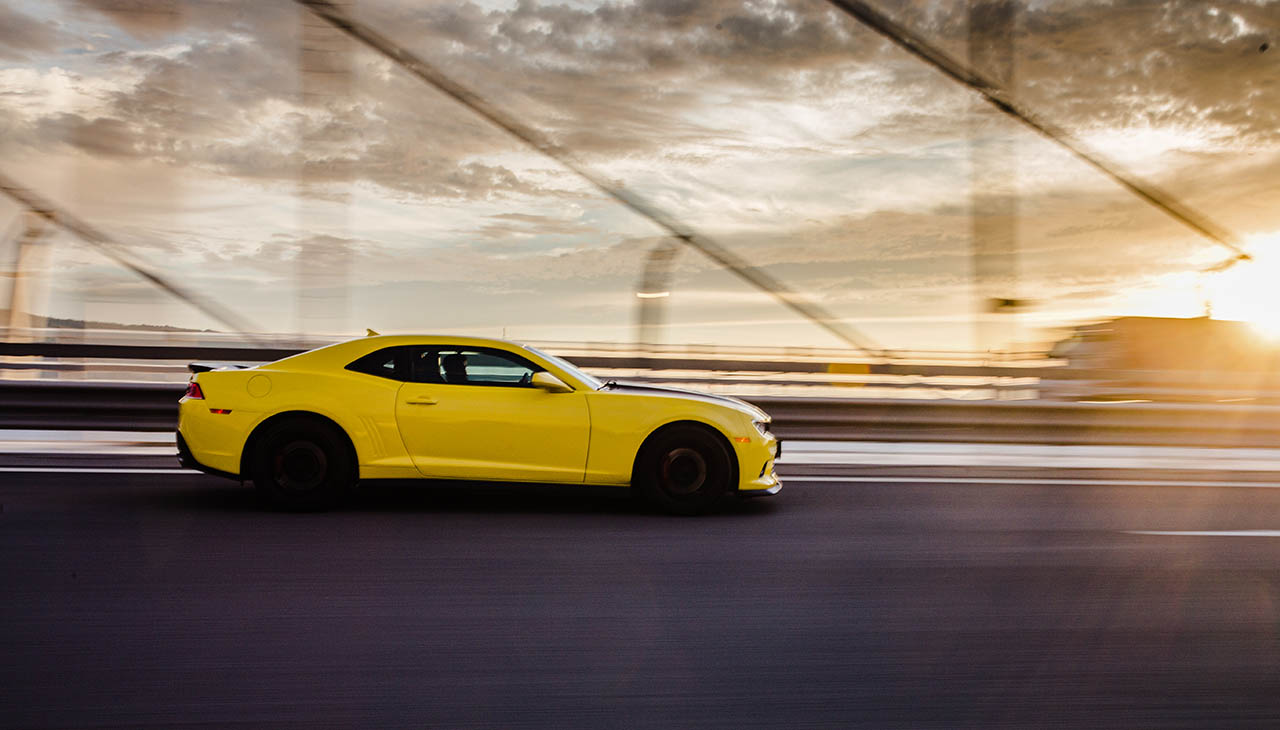The automobile has undergone an extraordinary transformation since its inception over a century ago. Once a rudimentary carriage powered by an internal combustion engine, the car has evolved into a sophisticated blend of design, technology, and performance. In this exploration of car design evolution, we’ll take a nostalgic drive down the memory lane of classic models that defined eras, glide through the sleek and functional designs of contemporary cars, and peer into the crystal ball of future concepts that promise to redefine our relationship with mobility. Get ready to witness the journey of car design from its humble beginnings to the bold visions of tomorrow.
Classic Car Design
The epoch of classic car designs remains a golden era for automotive enthusiasts, a time when cars were not just modes of transportation but symbols of artistry and craftsmanship. Iconic models like the Ford Model T, the classic Volkswagen Beetle, and the sleek Ferrari 250 GTO, each tell a story of their time. These vehicles were characterized by distinctive design elements such as pronounced curves, bold chrome details, and unique tailfins that captured the imagination. The sumptuous curves of a 1961 Jaguar E-Type or the ostentatious grilles of a 1957 Cadillac Eldorado are prime examples of how aesthetic values were embedded in every aspect of design.
These classic cars also laid down the foundational ethos of automotive luxury and performance, influencing modern design in many profound ways. The romance of the classic car era is echoed in today’s retro-inspired models, while the commitment to craftsmanship and individuality continues to inform the ethos of contemporary car design, marrying heritage with innovation.
Modern Car Design Trends
Transitioning from the classic to the modern, car design aesthetics have taken a sharp turn towards aerodynamics, efficiency, and technology. The modern automobile is sculpted with fuel efficiency and environmental impact in mind, employing smooth lines and refined shapes to reduce drag and enhance performance. Pioneers such as the Toyota Prius and Tesla Model S exemplify this trend, with their streamlined profiles and advanced powertrains.
Moreover, the integration of cutting-edge technology has become a central focus of modern design, resulting in cars that are not only vehicles but also interconnected mobile devices. Touchscreens, autonomy-ready sensors, and sophisticated infotainment systems are now standard features that influence the layout and functionality of interior spaces.
Environmental and safety regulations also play a critical role in shaping modern car design, pushing the industry towards cleaner energy sources and resilient materials. The rise of electrification and alternative fuels is driving a major overhaul in vehicle architecture, evidenced by the sleek and modular designs of electric vehicles. Additionally, the need for enhanced safety has led to cars being equipped with advanced driver assistance systems and sturdy structures to protect passengers, influencing the very form and aesthetic of vehicle exteriors and interiors.
Future Concepts and Innovations
As we peer into the horizon of vehicular design, the concepts and innovations shaping the future of automobiles are electrifying. Car designers are not just sketching vehicles; they are envisioning a new ecosystem of mobility. Electric and autonomous vehicle designs are at the vanguard of this revolution, set to transform how we interact with cars fundamentally. The integration of Artificial Intelligence (AI) in self-driving technology spearheads this shift, promising a future where cars not only transport us but anticipate our needs, optimize our routes, and ensure our safety with minimal human intervention.
Sustainability is another cornerstone of futuristic car design. Next-generation vehicles are expected to be crafted from advanced, environmentally friendly materials, leaving behind a smaller carbon footprint. Lightweight composites, bio-based fibers, and recyclable polymers are becoming integral to innovative car exteriors and interiors, contributing to energy efficiency and a circular economy within the automotive industry.
Furthermore, the overall aesthetic and functionality of future cars are being reimagined to harmonize with these technological advancements. Sleek, fluid shapes may dominate, aiming to encapsulate the efficiency and power of electric propulsion. The interiors, free from the constraints of conventional drivetrains, could offer spacious, adaptable environments that double as mobile offices or lounges. The marriage of form and function in future car design is poised to redefine the automotive landscape, merging human aspirations with the art of the possible.
Impact of User Experience
In the realm of modern car design, the emphasis has decidedly shifted toward augmenting the user experience, with human-centric features becoming a significant area of focus. As vehicles transform into extensions of our personal and digital lives, designers are increasingly prioritizing connectivity. The next wave of automobile interiors is poised to be as intuitive and connected as the latest smartphones. Features such as in-car Wi-Fi, voice commands, and seamless smartphone integration are now paramount, forging an environment where the transition between one’s digital life and time spent driving is nearly invisible.
Interior design has also evolved, no longer merely about aesthetics and comfort, but about how these elements improve the user’s interaction with the vehicle. Adjustable ambient lighting, ergonomic seating, and advanced climate control systems contribute to an environment that caters to both physical comfort and mental well-being. The integration of touch-sensitive surfaces and gesture controls are examples of how the tactile experience within a car cabin is being refined.
Moreover, designers are focusing on human-centric features that enhance safety and personalization. Advanced driver assistance systems (ADAS), such as lane-keeping assist and adaptive cruise control, are not just technical marvels; they serve a dual purpose of safety and convenience, thereby enriching the driving experience. Customizable features, allowing drivers and passengers to tailor their in-car environment and functions, have also become a staple in modern car design. This evolution towards a user-centric approach in automotive design marks a recognition of the profound ways in which vehicles impact our lives and serves as a harbinger of even more personalized, responsive driving experiences in the future.
